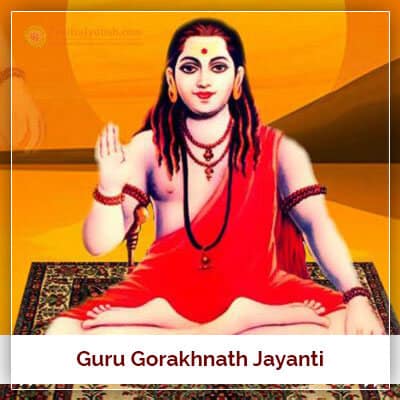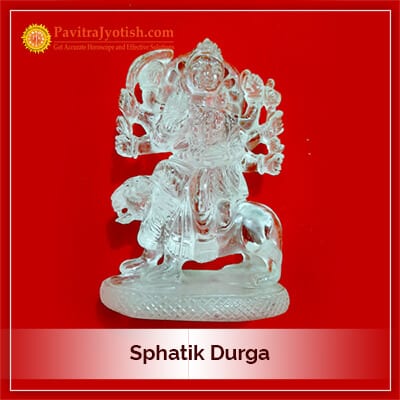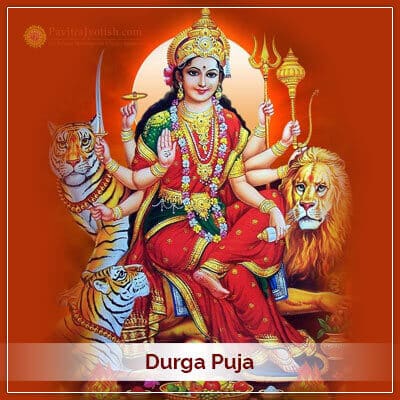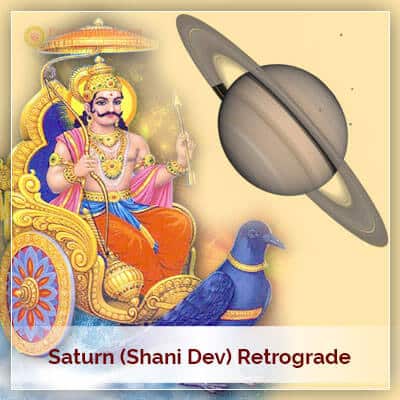Guru Gorakhnath Jayanti
Published On : April 17, 2024 | Author : Astrologer Pt Umesh Chandra Pant 
About Guru Gorakhnath Jayanti
Who doesn’t know the name of Guru Gorakhnath, one of the most predominant Yogis among Nath Sampradaya (Nath tradition) of the Hindu religion? He is one of the greatest Yogis of Nath traditions in the early first century (or before the first century AD). He, not only travelled across India, but also disseminated the principles of Yoga, Meditation, religion, and Truth in a very convincing manner, all over the country. The fame of Guru Gorakhnath and Nath traditions travels far across the world. He is known to everyone. The famous temple of Guru Gorakhnath, situated in the state of Uttar Pradesh still commands grandstanding views accentuated by its architectural marvel and beauty. The city of Gorakhpur was named after Guru Gorakhnath. According to other beliefs, the Gurkhas in Nepal are identified because of the name of Guru Gorakhnath. In other words, Nepal’s Gorkha district is called Gorkha, and the district is believed to have a footprint of Guru Gorakhnath sighted in a cave, including a grand statue of him ensconced there. Guru Gorakhnath Jayanti/anniversary is celebrated, not only in the city of Gorakhpur, but everywhere in the world having the followers of Guru Gorakhnath. The festive celebration of Guru Gorakhnath Jayanti accompanies Bhandaras, grand fairs, and devotional activities performed by his devotees. About his birth anniversary, it is celebrated in Purnima of Vaishakh month, every year.
The Importance Of Guru Gorakhnath’s Places
Although the city of Gorakhpur in Uttar Pradesh was named after Guru Gorakhnath, there are also various holy places, such as temples and ashrams named after him or bearing his divine impressions. He was one of the greatest Siddh Yogis. In the context of his identity, it is said that in GogaMedi, located in the district of Hanumangarh of Rajasthan, the remains of his statue and meditations exist. People from all over India worship his statues with great devotion. He penned various compositions. To have the company of someone so divinely revered as Guru Gorakhnath is like witnessing an encounter of serendipity. Some of his chief compositions include – post, discipleship, Narvai perception, Abhay quantity jog, fifteenth date, and so others. Nath tradition, propagated by him, is still functional in full swing. And many sages and monks take the Initiation of Nath tradition.
Other Details Associated With Guru Gorakhnath
There are numerous holy books which talk at length about Guru Gorakhnath. Many learned and erudite persons have mentioned him in great detail, calling him the Yogi of the Matsyendranātha era. Many incidents and tales that took place in his lifetime are now commemorated with reverence by people. Compositions of Guru Gorakhnath are as revered and important as they were in the past. It is believed that it was Guru Gorakhnath who taught Matsyendranātha the doctrines of Yoga and meditations. Stories of Guru Gorakhnath are famous worldwide, including his popularity far and wide. About his birth date, it is assumed that he may have been born in East Bengal during the early 1100. However, we have the account of the Nath tradition being existed in the 9th century. Interestingly, it is said that Guru Gorakhnath’s yoga and meditation were more powerful than gods. He could have lived anywhere and in whatever way he wished. On his arrival, the gardens of Kanchal and Banchal bore a new lease on life. Meaning, the lifeless gardens turned into full-blown verdure. According to a tale, a queen secretly kept the ash given by a Siddh sage. Unfortunately, someone cast the ash in the dung. It resulted in the birth of a miracle child, who was later called Gorakhnath. Though it sounds like a fairytale, there is no denying the fact that Guru Gorakhnath lived a grand life as described and told in the books and films made about his life. Moreover, none can refute the fact that a prodigious child such as the one like Guru Gorakhnath is born by the boon of divinity.
Also Read:
Kurma Jayanti and Narasimha Jayanti

























